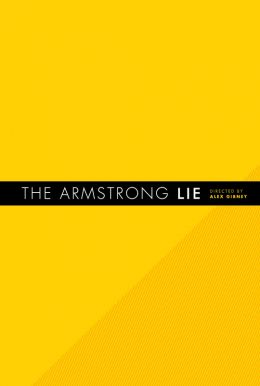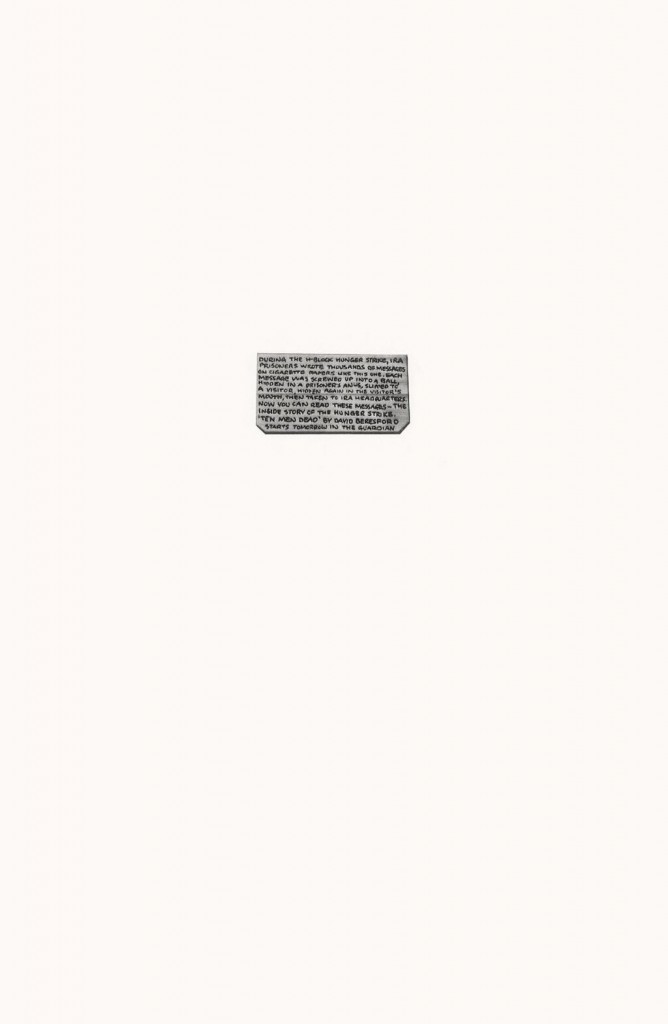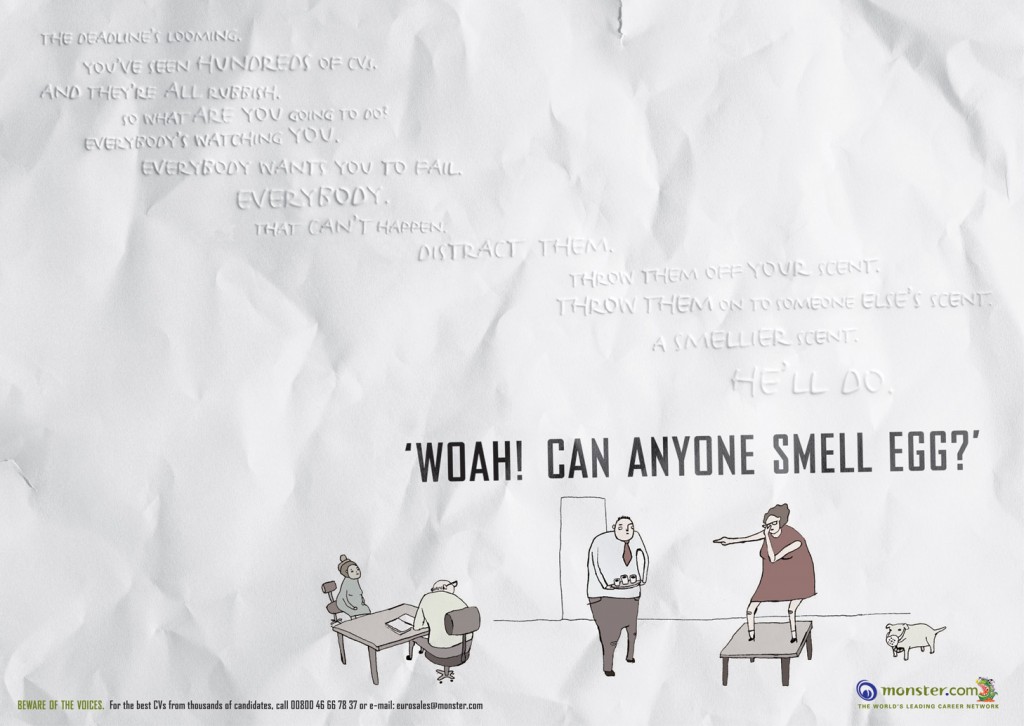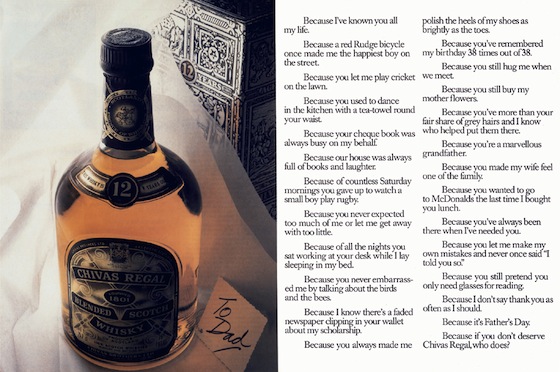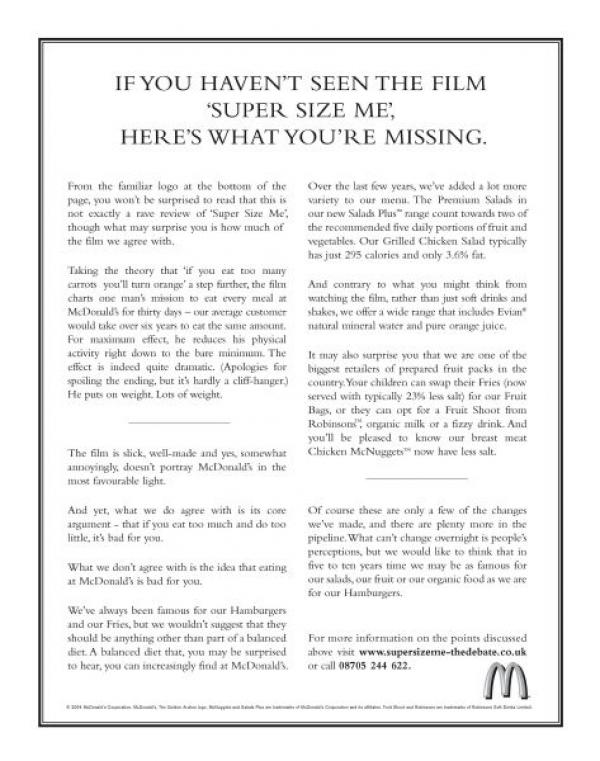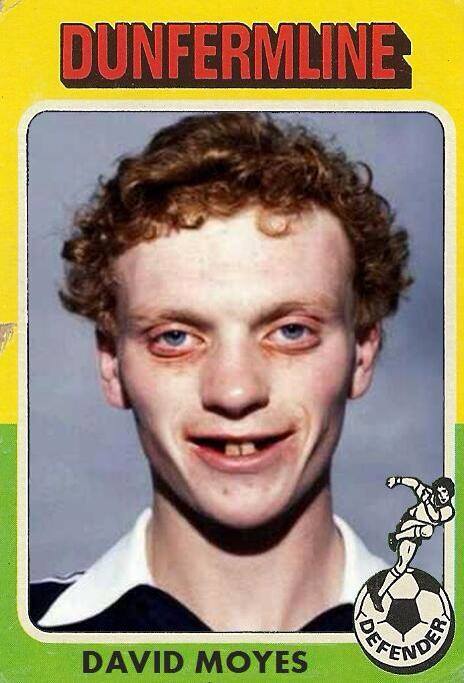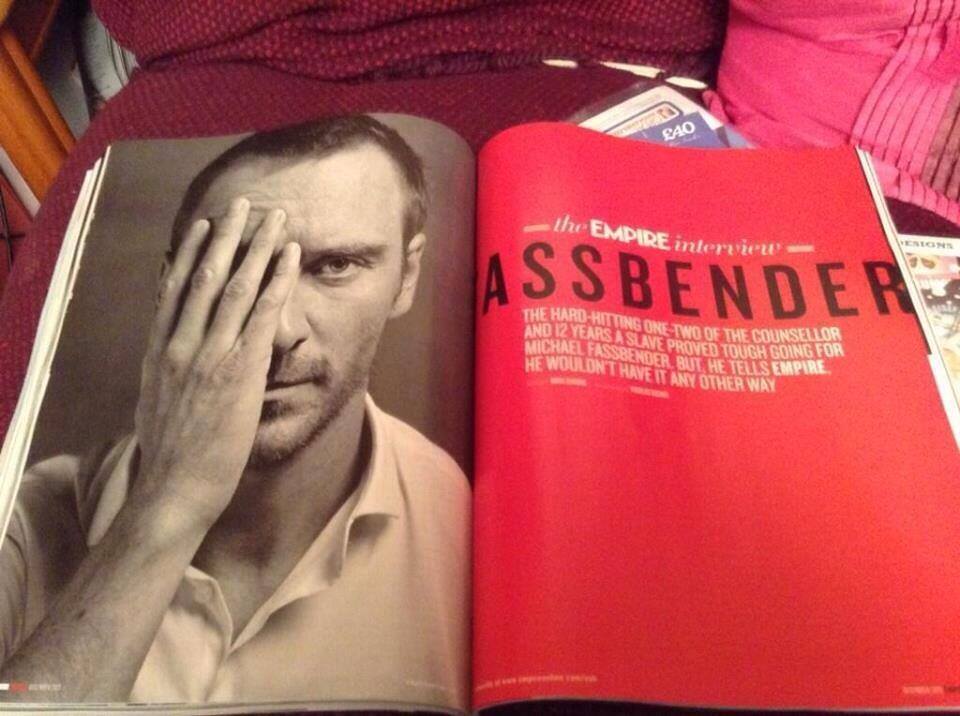Those John Lewis fuckers have gone and done it again…
Here’s the new Christmas ad:
http://www.youtube.com/watch?v=XqWig2WARb0
Damn…
I really don’t want to like a cartoon advert about a bear and a hare, or Lily Allen singing a Keane song, or an utterly transparent attempt to wring moisture from my eyeballs.
But fuck it – like the title of the post says, they’ve done it again.
And it’s so hard to pull this kind of thing off: to continue an already well-loved series of ads; to get the right tone that will annoy 17 hipsters in Shoreditch but gently massage the hearts of the other 59,999,983 of us; to make me remember what I used to love about Lily Allen in 2008 and Keane in 2005 (always had a soft spot for Somewhere Only We Know. Fuck you if you don’t; you can like three Keane songs and the entire oeuvre of Led Zeppelin); to use just the right kind of animation that blends old fashioned Disney basics with deft insertions of realism; and to pull off a smart, unusual plot with a proper good twist.
Yes, I know what some of you are thinking: Ben, you’re talking soft shite.
Well, unfortunately for those of you who think that, it also undeniably ticks the boxes of originality, standout and quality craft.
Stick that up your Christmas chimney.
Oh and thanks for this, Louise of Twitter:
http://www.youtube.com/watch?v=jORyfjHx5iY&feature=youtu.be
